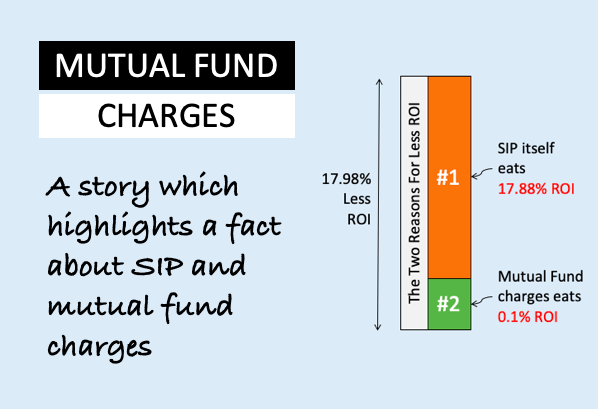Investing in equity mutual funds is a popular choice. People seek to invest in them to grow wealth faster. Their benefit is that they offer diversification, professional management, and attractive returns. However, what many of us may not realize is that mutual funds are also not immune to market volatility. They also have to book losses. Knowing about how mutual fund loss booking is managed can teach us how to deal with bad stocks in our portfolio.
How do mutual funds handle losses? How do these factors influence the calculation of their overall portfolio’s returns? I’ll try to demystify how mutual fund loss bookings are accounted for. We’ll discover how they calculate the portfolio’s returns (CAGR) after they have booked losses.
We will try to look into the mind of a fund manager and see how he/she deals with bad stocks and the associated loss bookings. We, as savvy retail investors, can learn from these managers to deal with bad stocks in our stock portfolio. Our yardstick of whether our stock portfolio is good or not is the annualized returns (CAGR), right? How to calculate the CAGR of our portfolio after booking losses?
It is not a topic on which you would’ve read much before. But upon reading this piece you will definitely get a new perspective on how one can calculate annualized returns on our stock portfolio. You’ll also learn why loss booking in our stock portfolio is ok, even expert mutual fund managers do it.
Let’s know more about this topic.
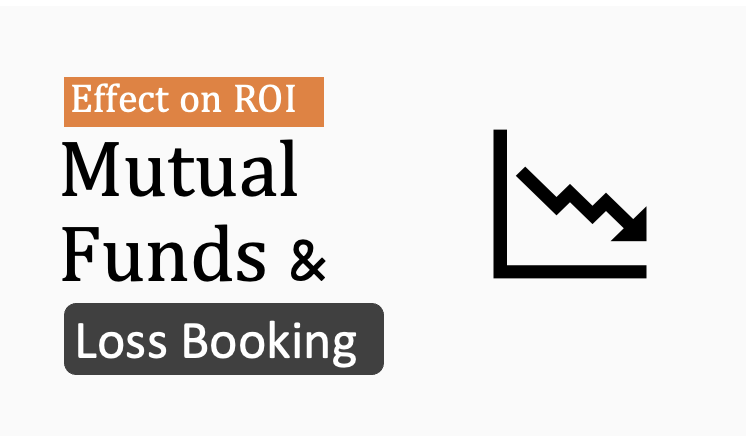
A Mutual Fund Portfolio and Loss Booking
Suppose there is a mutual fund scheme that has collected a total sum of Rs.100 Crores from various investors. Out of these Rs.100 crore, the following are the distribution of the funds:
- Rs.50 Crore is invested in various stocks.
- Rs.38 Crores is available as cash in the bank.
- Rs.12 Crores were lost as and when losses were booked upon selling stocks.
Suppose, the current market value of the invested amount (Rs.50 Crores) is Rs.165 crores. The average period for which the invested money has stayed invested is about 4.5 years.
How this mutual fund scheme will calculate the annualized return generated by its investment portfolio?
- Please Note: The mutual fund has collected Rs.100 crores. Now, they have about Rs.165 crores as the market value of the invested corpus and Rs.38 crores in cash. Even if everyone decides to withdraw the money today, the mutual fund can give them back Rs.203 Crores (=165+38) on the collected Rs.100 Crores. The period for which the money has stayed invested is 4.5 years.
Portfolio Return Calculation After Loss Booking [Steps]
An experienced mutual fund manager understands the importance of reporting annual returns accurately. It should be in compliance with SEBI regulations.
In our case, the mutual fund has collected Rs.100 crore from investors, and the current value of the invested corpus is Rs.165 crore. Cash worth Rs.38 Lakhs is also available in the bank.
To calculate and report the annual return for the 4.5-year period, the mutual fund scheme will use the following steps:
Step #1: Calculate the Total Value of the Scheme
The Total Value of the scheme will have two components. The first will be the current market value of the invested Corpus. In our example, how much is the invested corpus? The invested corpus is represented by a portfolio of stocks bought at a total sum of Rs.50 crores.
The current value of the invested corpus is valued at about Rs.165 crores. This is calculated as the total number of shares of each stock multiplied by their current prices.
The second component will be the cash holding. In our example, the cash holding lying in the bank account is about Rs.38 crores.
This way, the total value of the scheme is Rs.203 crore. (Rs.165 + Rs.38).
Step #2: Calculate the Absolute Return
The mutual fund schemes also report absolute returns. The absolute return of a mutual fund portfolio is the net gain or loss expressed as a percentage. It measures the performance irrespective of external benchmarks, reflecting the fund’s standalone profitability.
The formula to calculate the absolute Return is this,
= Total Value of Scheme – Collected Funds) / Collected Funds.
Absolute Return = (Rs.203 Crores – Rs.100 Crores) / Rs.100 Crores
Absolute Return = Rs.103 Crores / Rs.100 Crores = Absolute Return ≈ 1.03 or 103%
Step #3: Calculate the Annualized Return
The annualized return of a mutual fund portfolio calculates the average annual gain or loss. It enables the investors to assess the compound growth rate over a specified period. This type of reporting of returns facilitates performance comparisons between two mutual fund schemes.
Annualized returns also account for investment duration. Hence, it allows the investors to evaluate the long-term growth potential of a scheme more accurately.
For investors, annualized returns are more useful than absolute returns. Why? Because It considers the time value of money and investment duration. Hence, it provides a more accurate picture of long-term growth potential.
Suppose there are two mutual funds. One reports an absolute return of 100%, but it took 8 years for the fund to yield these returns. The second mutual fund scheme reports an absolute return of only 55%, but it took only 3.5 years to reach the stage. What do you think, which mutual fund has yielded better returns?
To answer this question, one must calculate their annualized returns. For the first scheme, the annualized return is 9.1% and for the second scheme, it is 13.3%. Hence, the second scheme has yielded better returns.
The Formula:
Annualized Return = [(1 + Absolute Return) ^ (1 / Investment Period) – 1]
Now, let’s calculate the annualized return:
In our example, the mutual fund has yielded an absolute return of 103%.
Hence, Annualized Return = [(1 + 1.03) ^ (1 / 4.5) – 1]
Annualized Return ≈ (2.03)^(0.222) – 1
Annualized Return ≈ [1.1703 – 1] ≈ 0.1703 or 17.03%
So, our example scheme should report an annualized return of approximately 17.2% for the 4.5-year period.
This calculation takes into account the initially collected funds, the current value of the invested corpus, and the cash holdings. The calculation also considers the time period for which the money has been invested.
[Please Note: Though the mutual fund scheme has reported 12 crores worth of losses, that component is not relevant in the return calculation.]
Why Mutual Funds May Sometime Book Losses
Mutual fund schemes do encounter situations where they may need to sell their stock holdings at a loss.
Let’s get some insights into this practice:
#1. Risk Management
Example: Suppose there is a mutual fund that holds shares of a technology company. Due to unexpected industry-specific challenges or a poor quarterly earnings report, the stock price of that company begins to decline rapidly. To limit further losses and protect investors, the fund’s portfolio manager can decide to sell the stock at a loss. He will then reallocate the redeemed capital to other stocks or keep them as cash for some time.
#2. Portfolio Rebalancing
Example: Suppose, a balanced mutual fund has a target allocation of 60% in stocks and 40% in bonds. After a prolonged bull market, the equity portion of the portfolio has grown to 70% of the total assets. To bring the allocation back in line with the fund’s objectives, the portfolio manager will have to sell some stocks, even if it means realizing losses. The redeemed capital will be allocated to debt instruments like bonds or deposits. Sometimes, a portion can also be left idle as cash.
#3. Tax Considerations:
Example: Suppose, towards the end of the calendar year, a mutual fund, internally by themselves, not at the behest of unit holders, has booked significant gains in certain stocks (sold stocks at profit). In this scenario, where a mutual fund scheme has redeemed a few units for profits (or received dividends), they are responsible for paying capital gains tax on the booked profits.
To offset these gains and reduce the fund’s tax liability, the portfolio manager strategically sells other non-performing stocks in the portfolio at a loss. This loss harvesting helps minimize the tax impact on the fund’s investors.
#4. Changing Market Conditions:
Example: Suppose, a mutual fund holds shares in a company operating in a cyclical industry. The portfolio manager initially invested in the company during a period of economic growth. But economic conditions have changed, and a recession is looming. Recognizing that the company’s stock may suffer further losses in a recession, the manager can decide to sell the position to protect the fund’s performance. The proceeds from the same will be further reinvested or kept as cash till the next opportunity.
#5. Fund Redemption and Liquidity Needs:
Example: Suppose, in response to a sudden market downturn, many investors in a mutual fund decide to redeem their shares. To meet these redemption requests, the fund manager must raise cash quickly. In this case, if the cash balance is not enough, the manager will have to sell a portion of the fund’s holdings, even if it results in losses. This is done to honor the redemption requests without disrupting the remaining investors.
Conclusion
Here’s a quote from Warren Buffett, one of the most successful investors of all time, that emphasizes the advantage of informed individual investors over professional fund managers:
“The stock market is designed to transfer money from the Active to the Patient.”
– Warren Buffett
This quote suggests that individual investors who are well-informed and patient in their investment decisions can often outperform professional fund managers. Why? Because the fund managers are forced to be more active in buying and selling stocks. At times, they are forced to sell stocks and book losses (as explained earlier).
However, individual investors are not bound by the limitations of the fund managers. Buffett’s philosophy is rooted in long-term value investing. It highlights the potential for individuals to achieve better returns by staying the course and making informed choices rather than constantly reacting to market fluctuations (like fund managers may do compulsively).
Have a happy investing.
Suggested Reading:

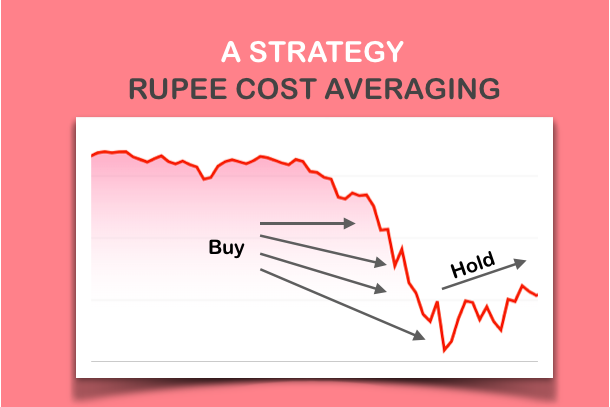
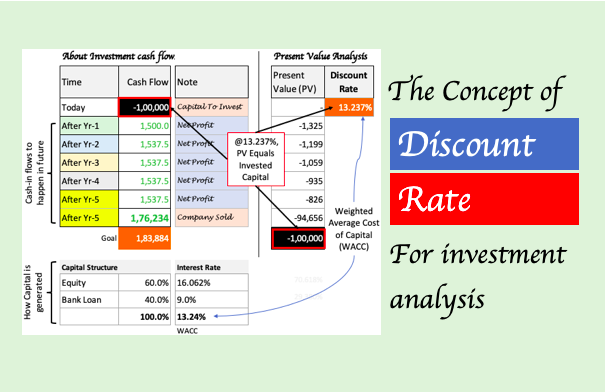

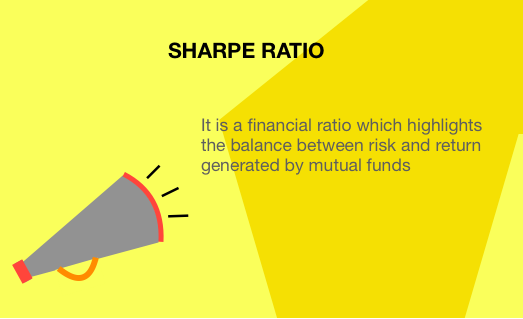
![How To Build A Winning Stock Portfolio [India]](https://ourwealthinsights.com/wp-content/uploads/2010/06/Stock-Portfolio-Image.png)
